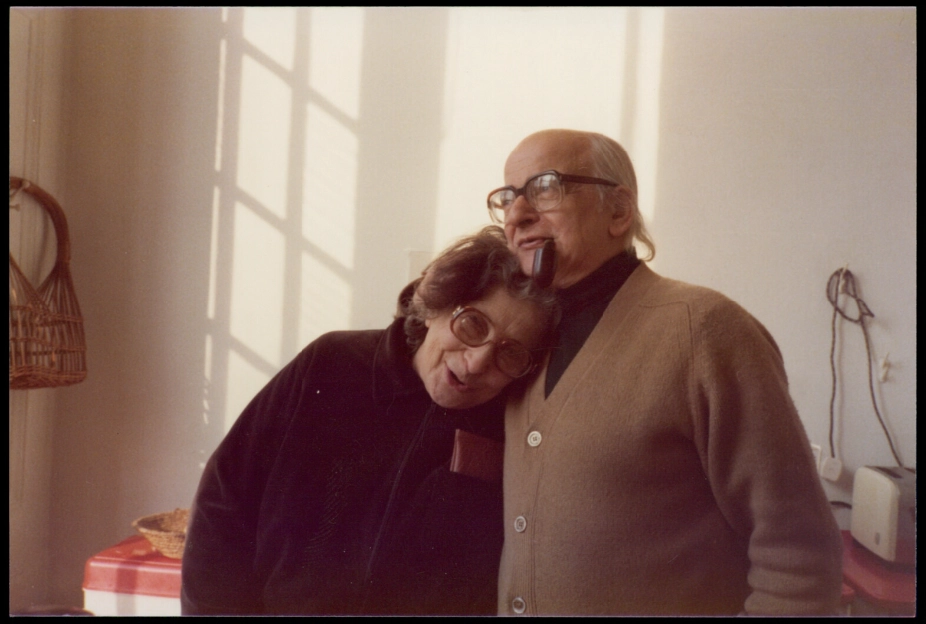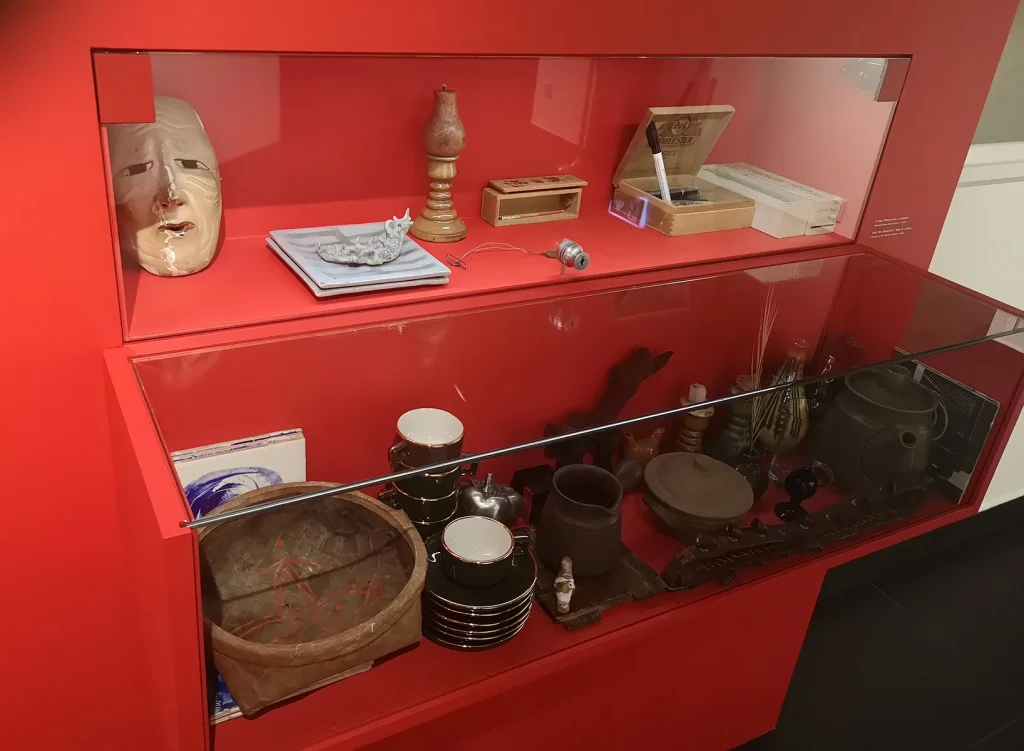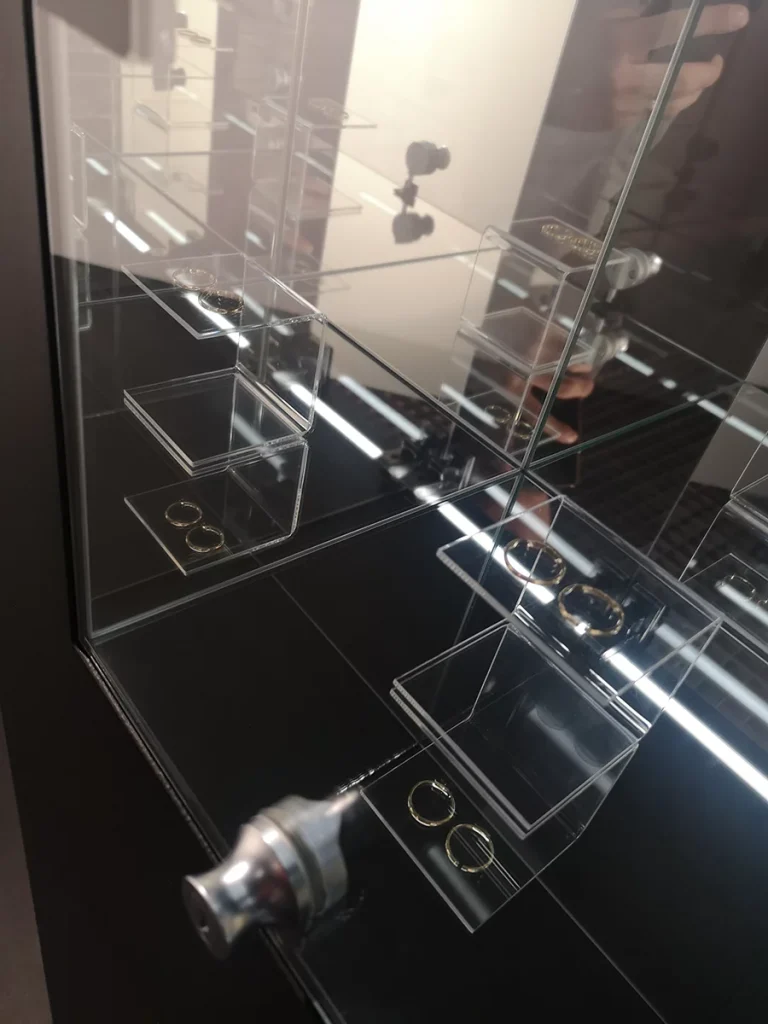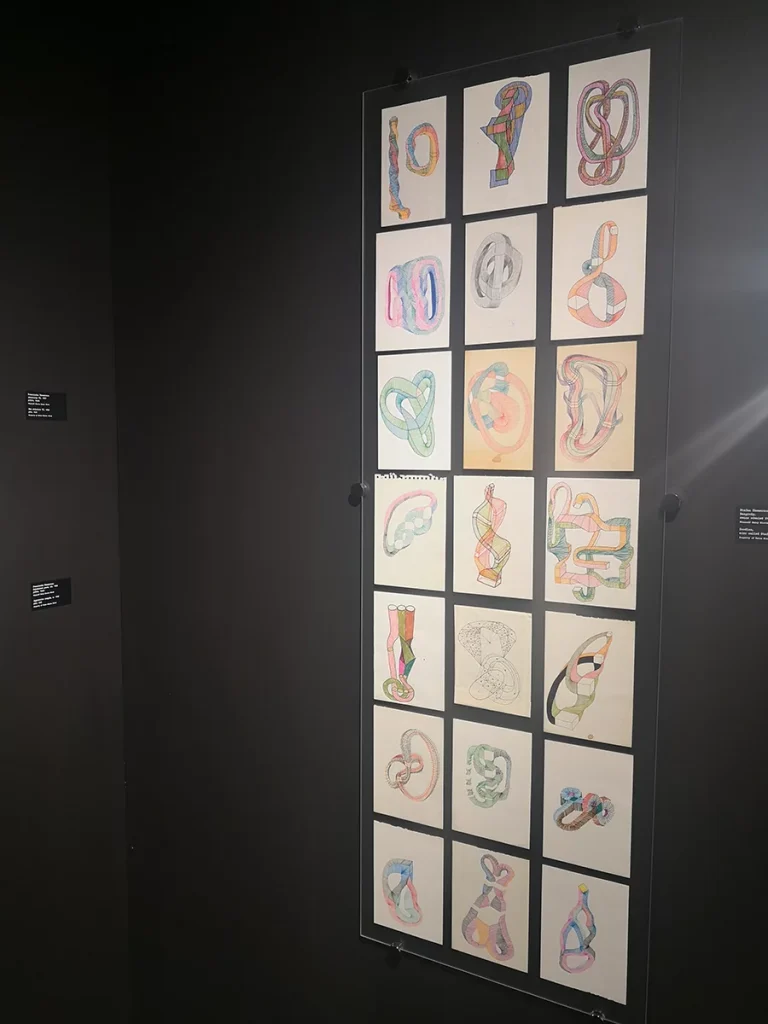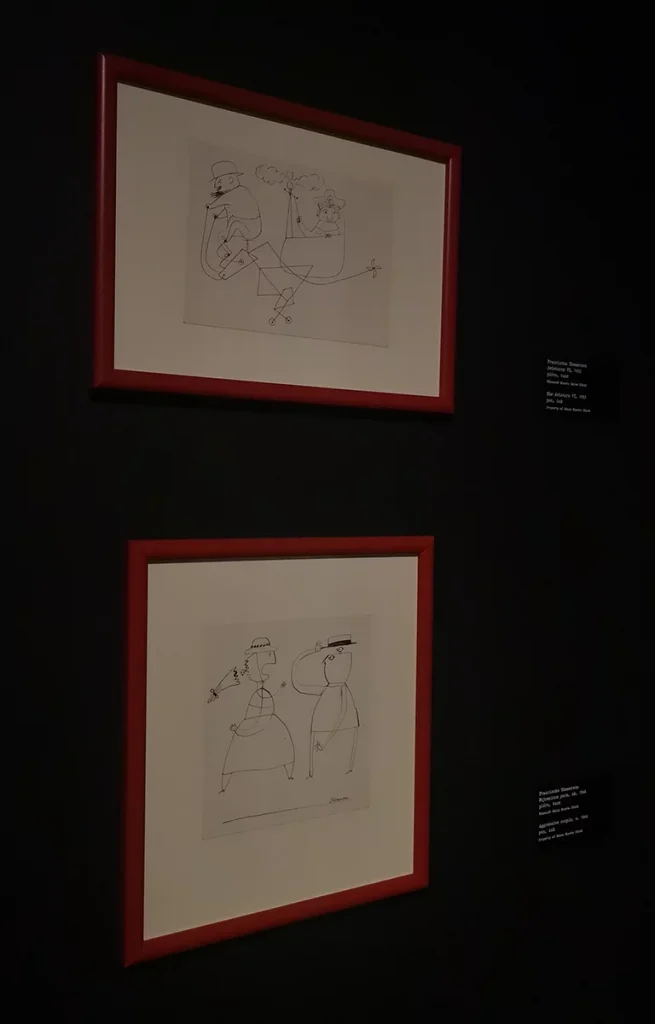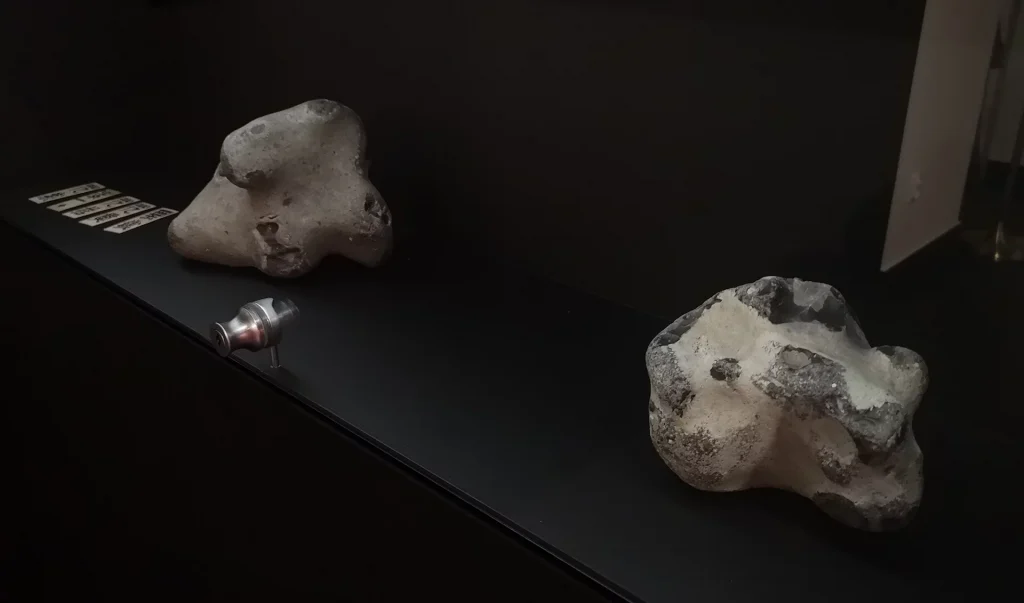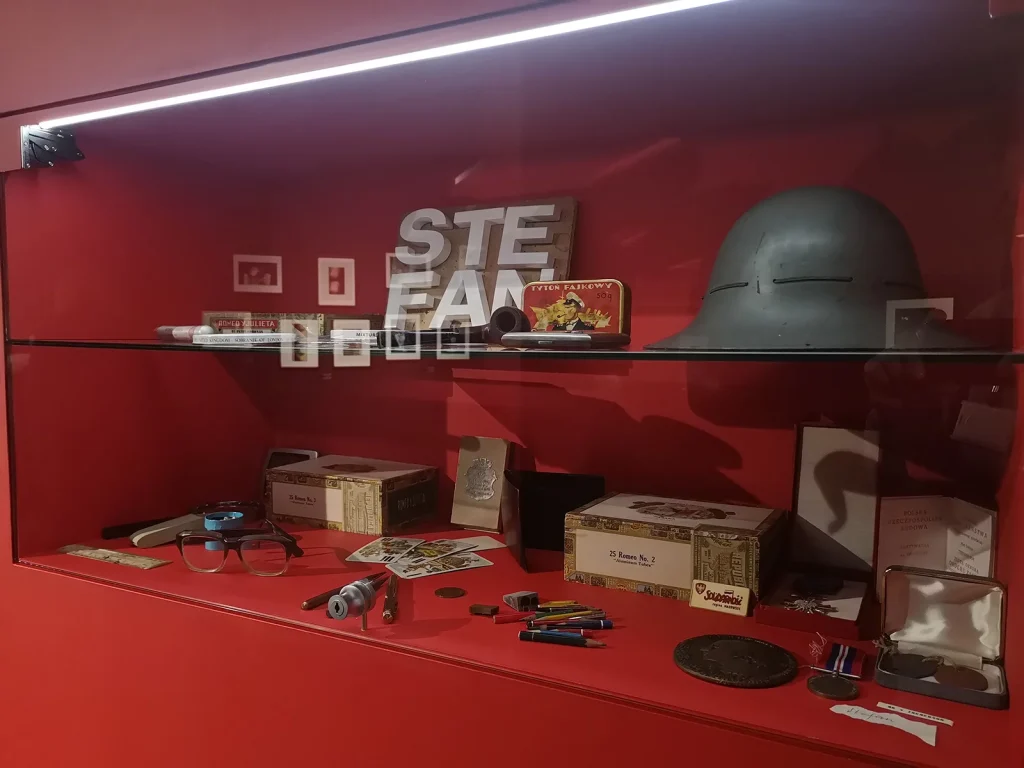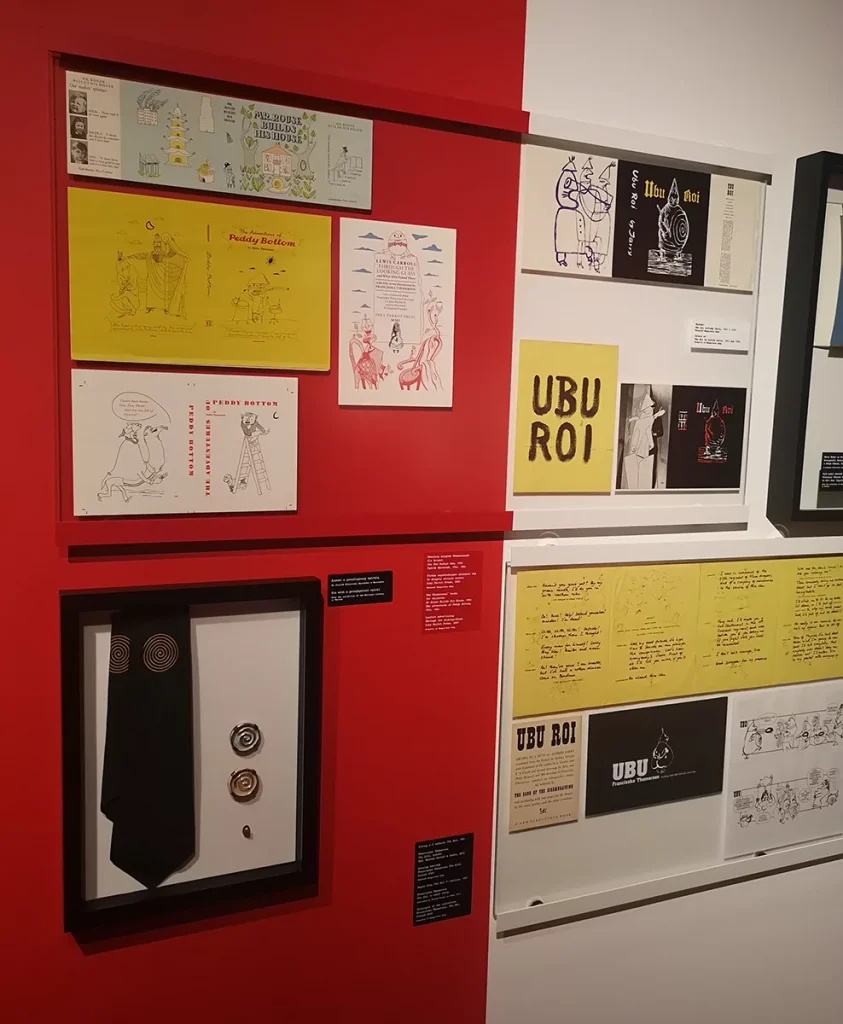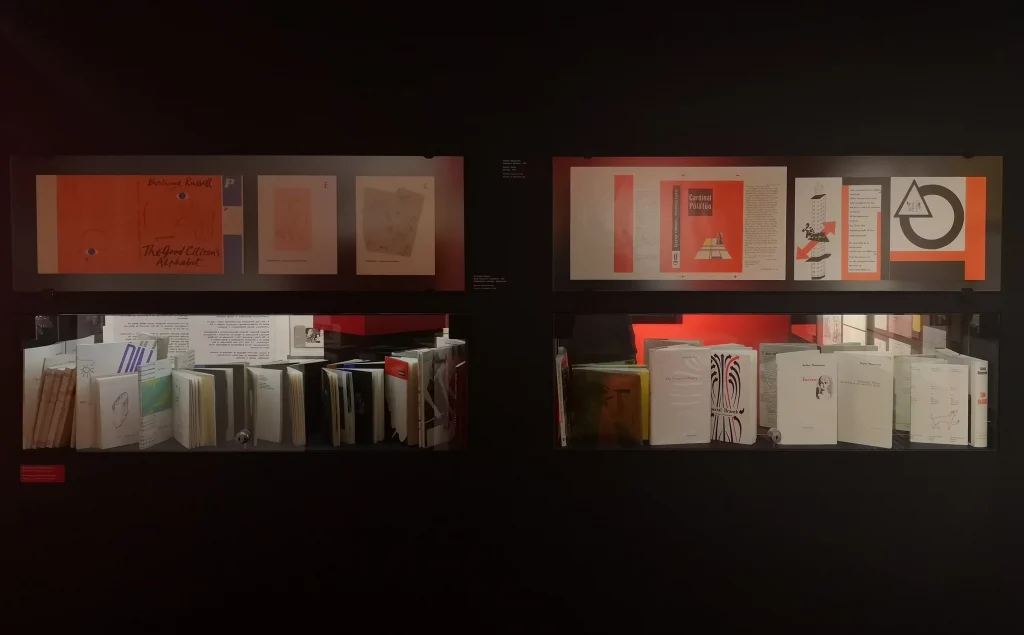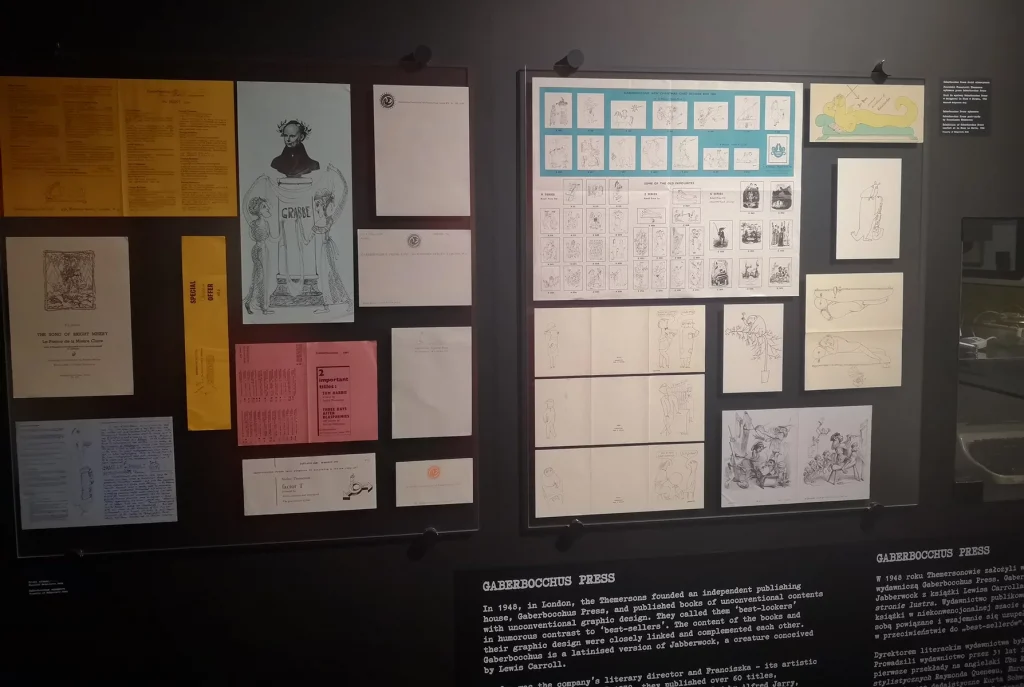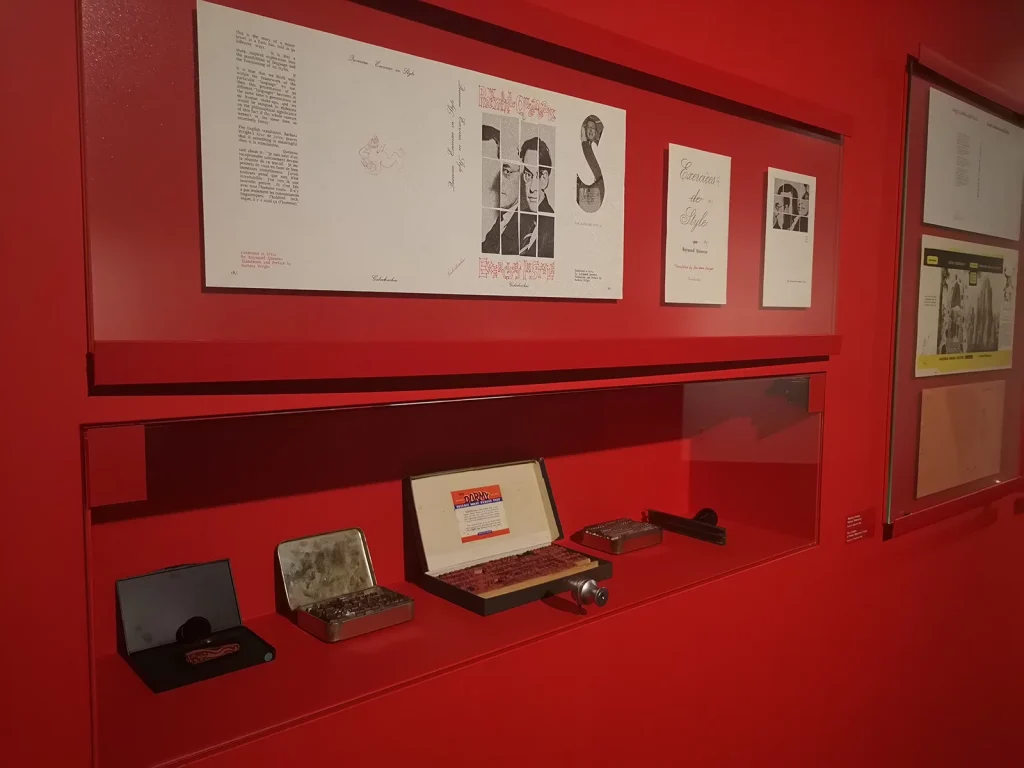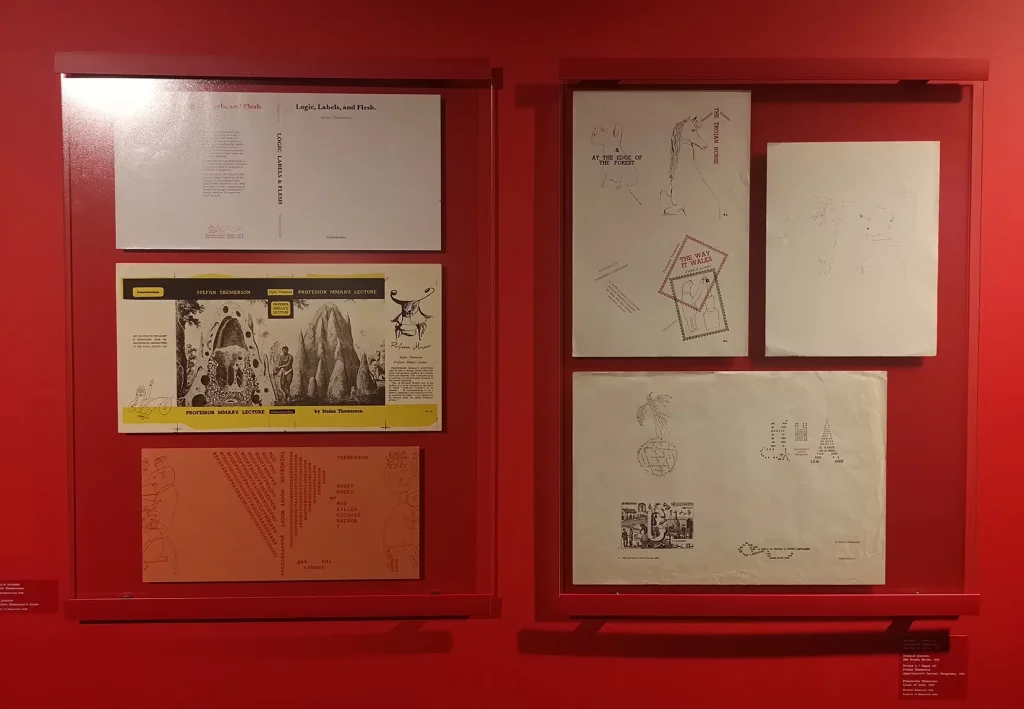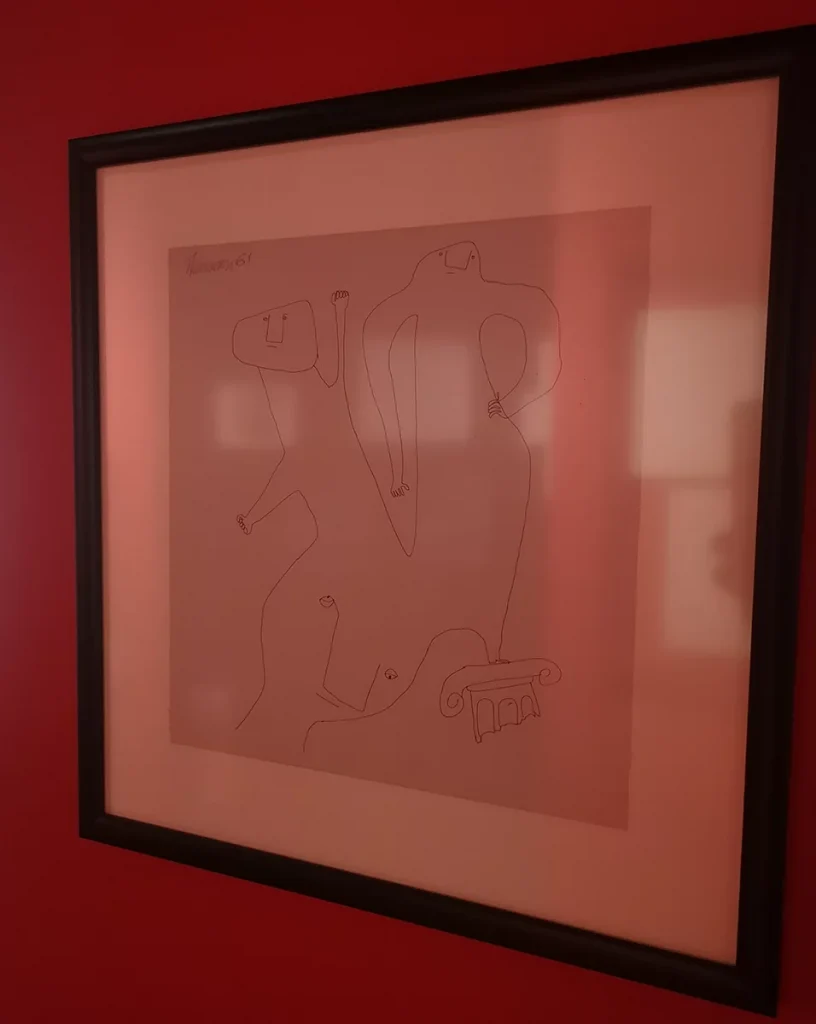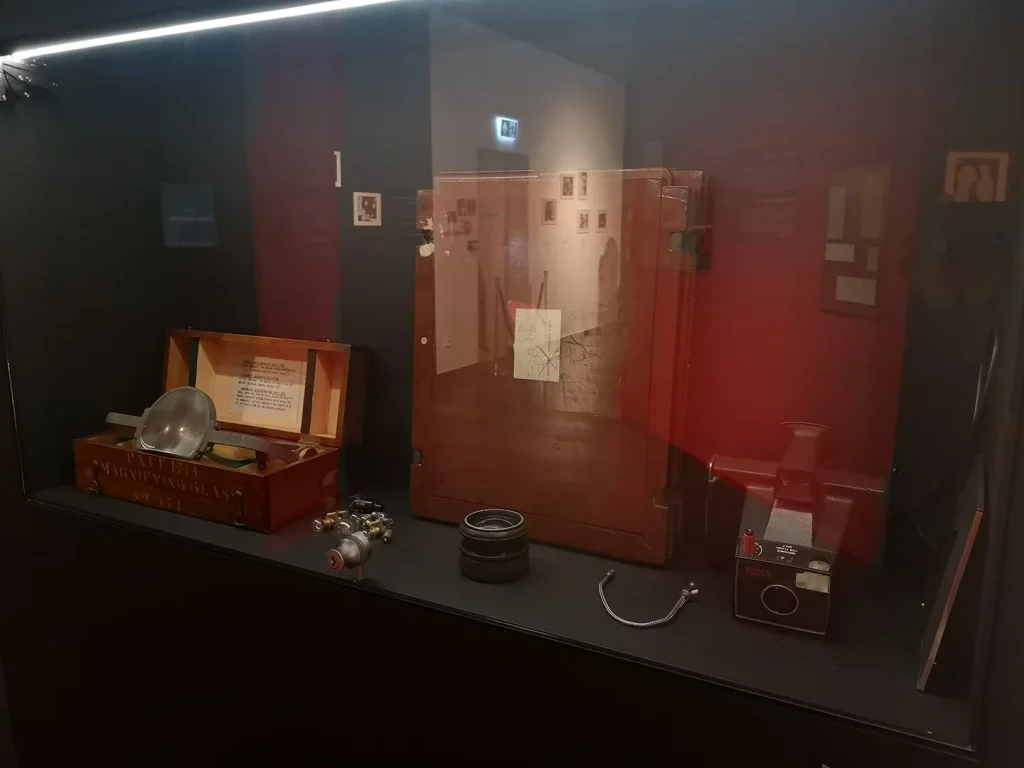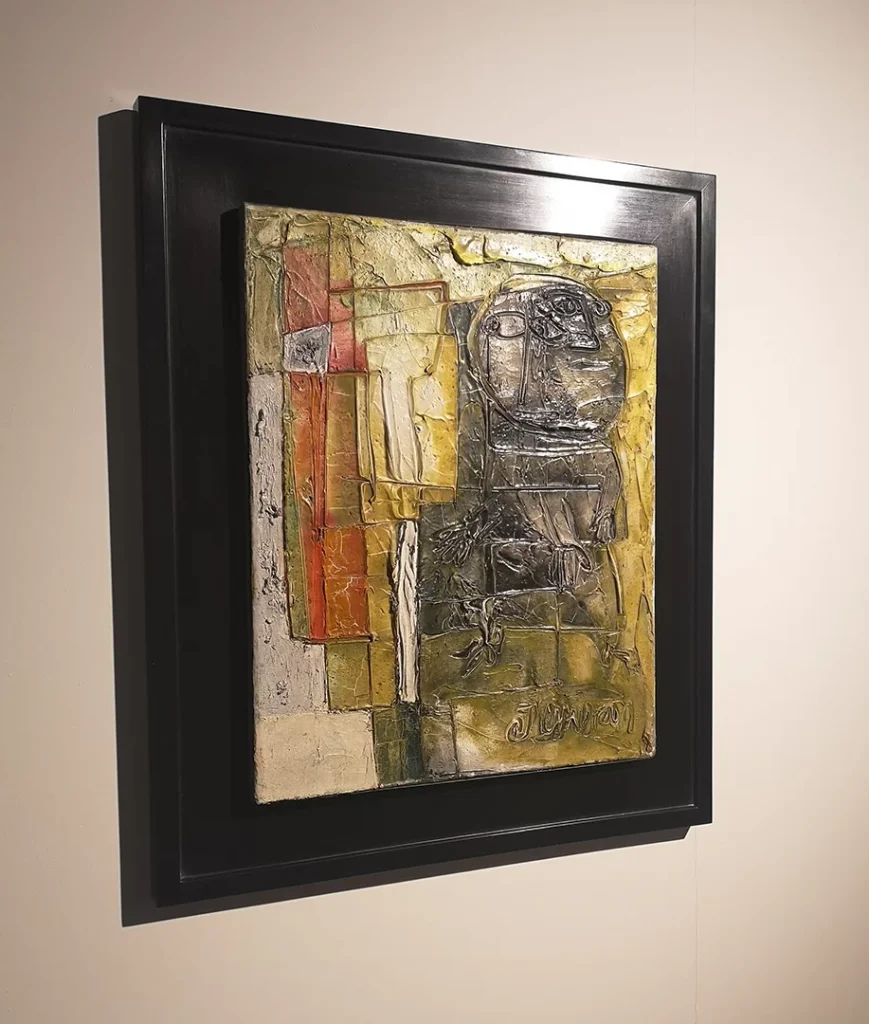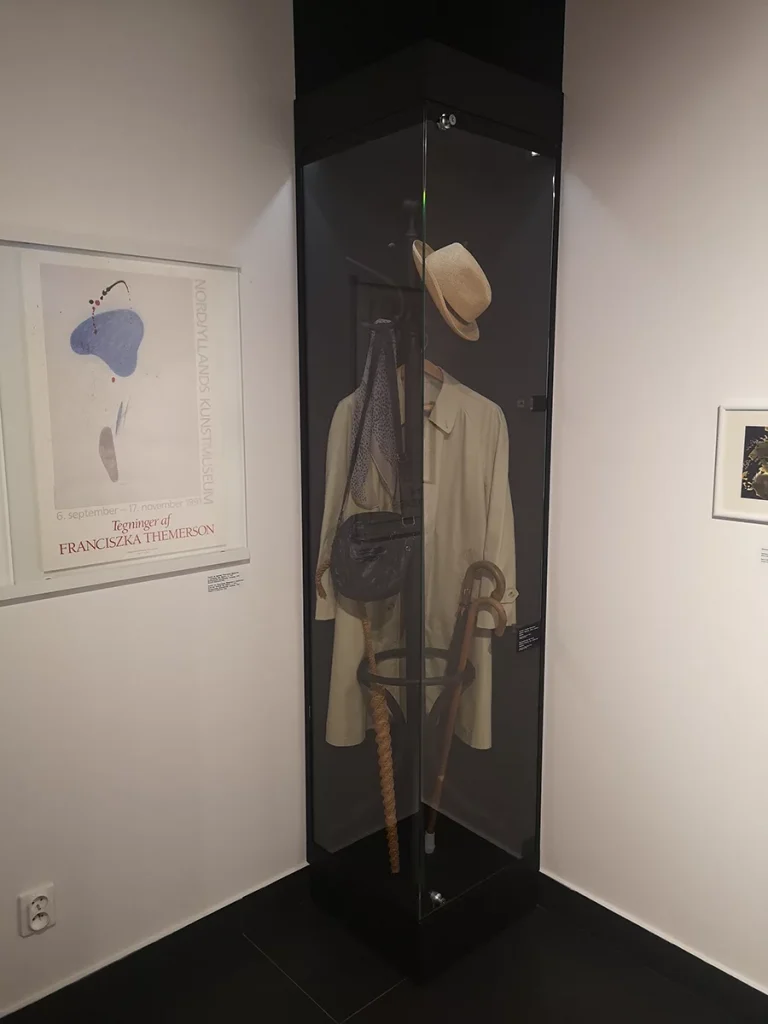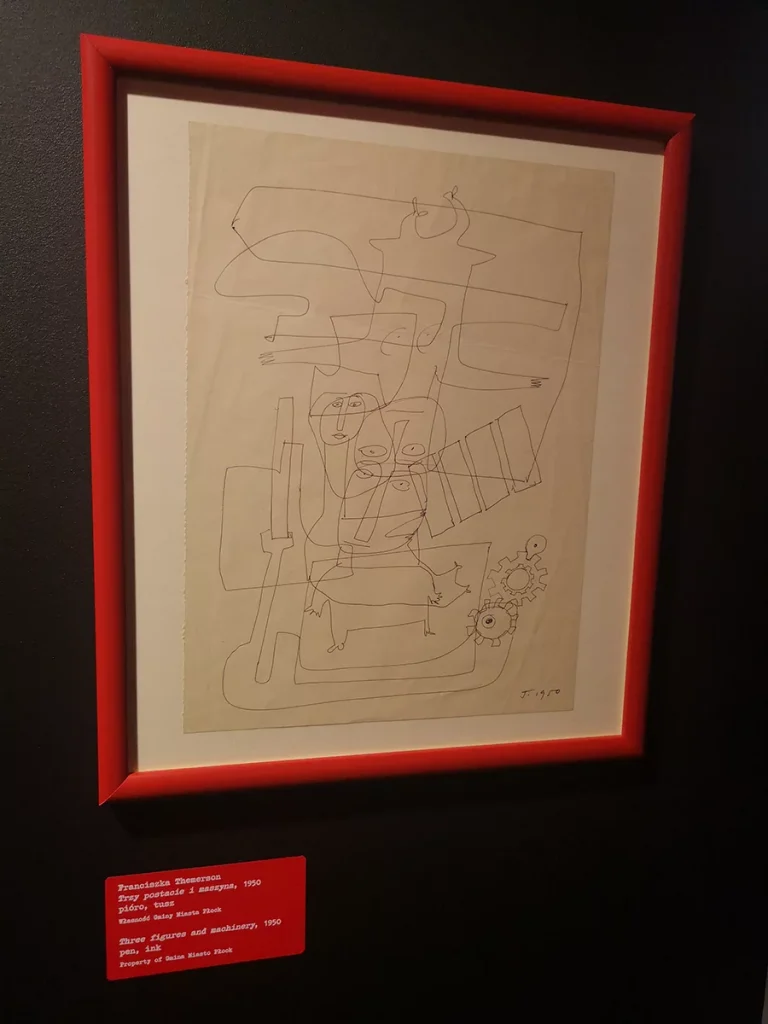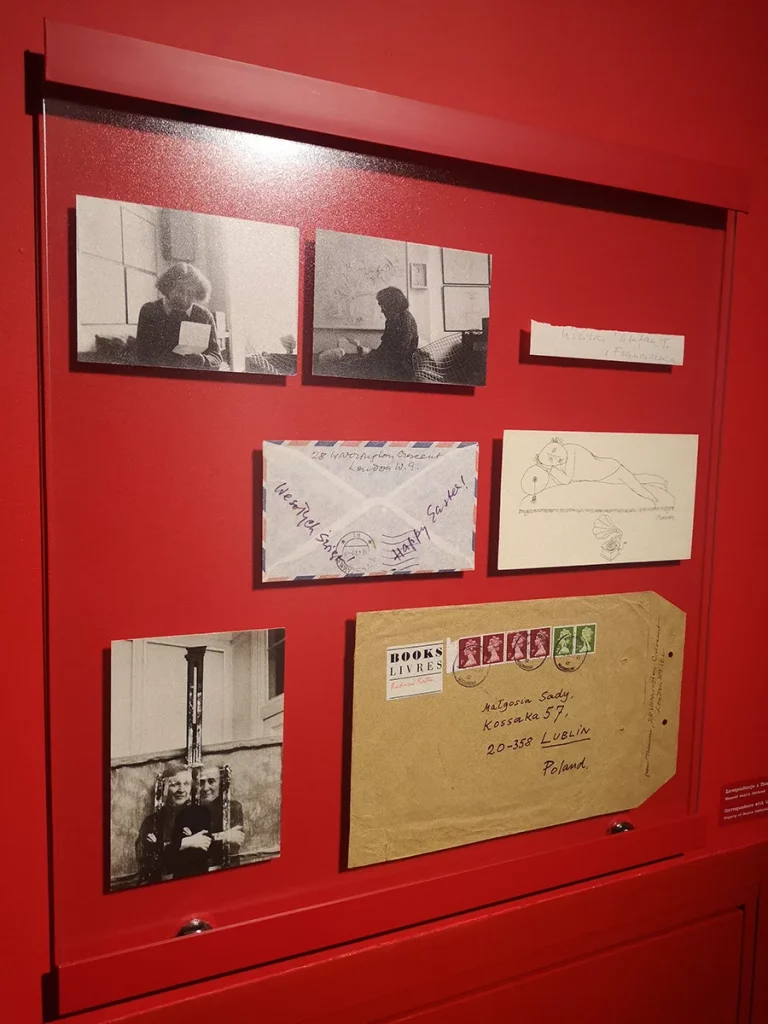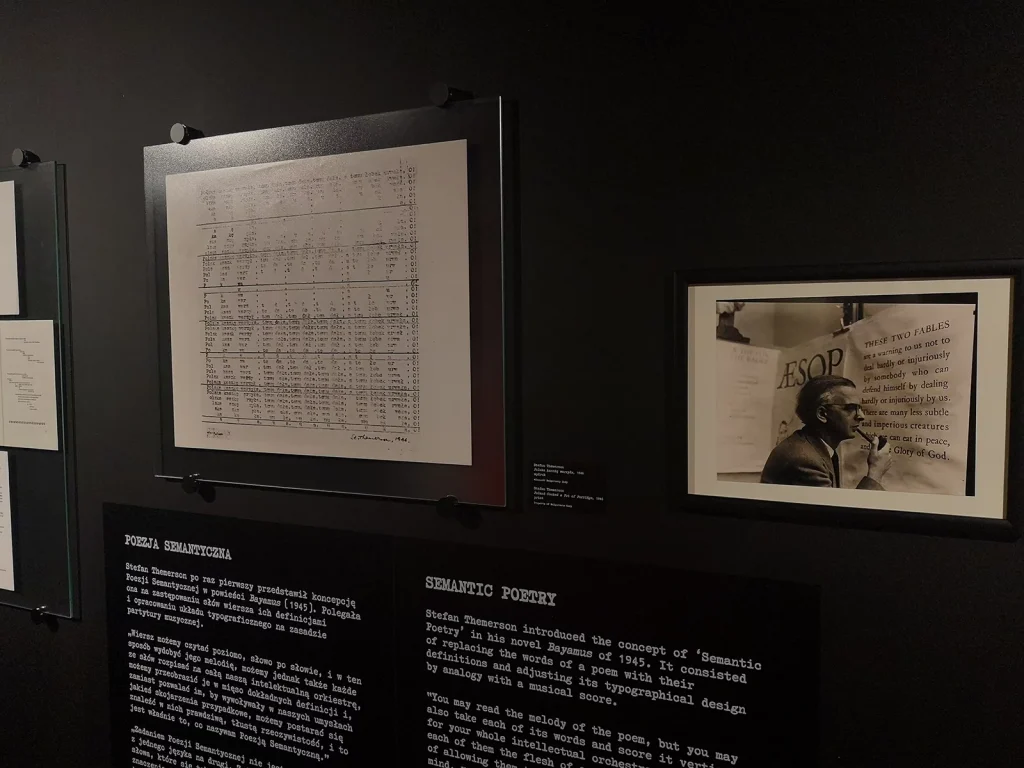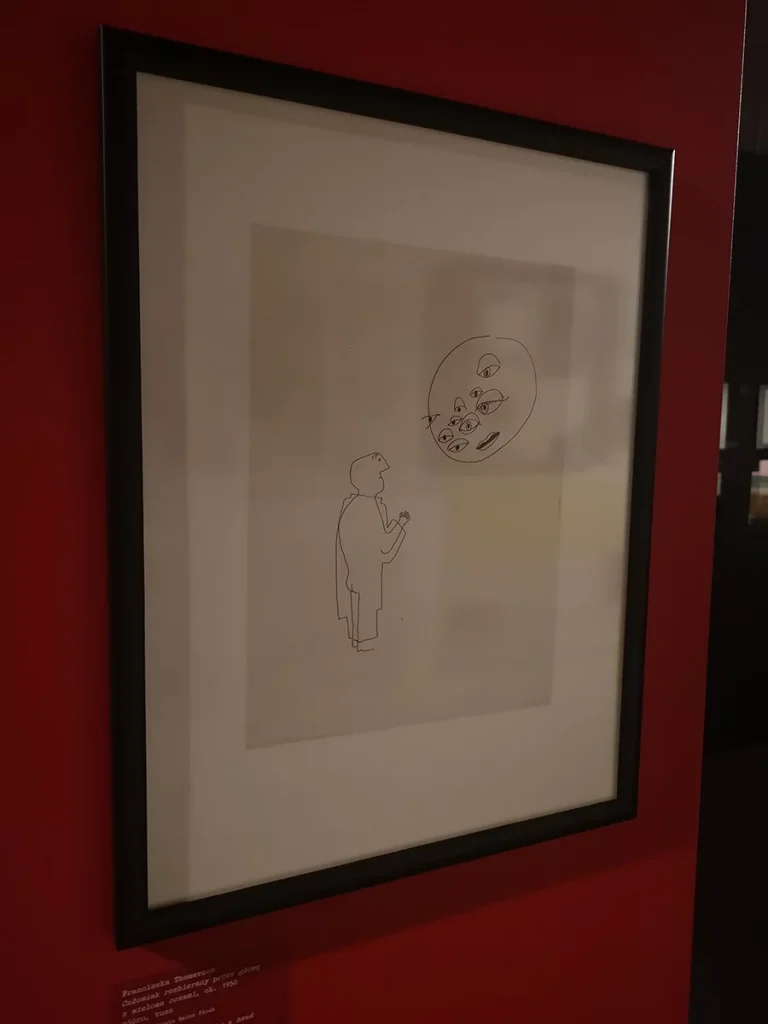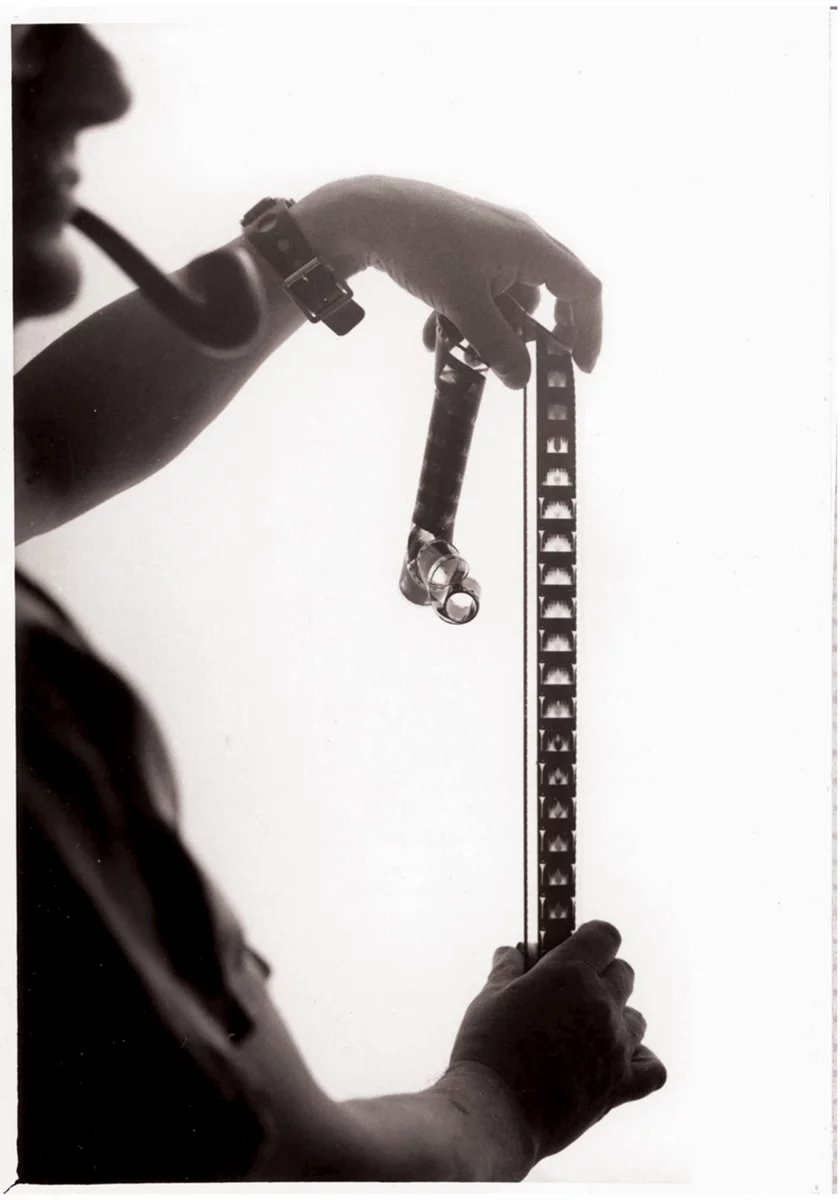
The Themersons’ life and work
Stefan and Franciszka met in Warsaw in 1929 and from then onwards they were almost always together, in both their private and professional lives. They both died in the same year – 1988. Their rich and multi-threaded artistic output has loyal followers in the circles of researchers interested in interwar and post-war culture, including visual arts, film, photography, music, literature, theatre and philosophy. The Themersons left their mark in all these fields. Despite the outstanding nature of their work, they still remain under-known to a number of art enthusiasts.
Stefan was born in 1910 in Płock, where he spent his childhood and youth. The Płock stage of his education was completed the moment he passed his final exams at the Polish Middle School of Płock (present-day Władysław Jagiełło High School). After graduating from high school, he went to study in Warsaw. He grew up in a family of assimilated Jews, his father being a respected doctor, social activist and writer. His family home environment, where education and open-mindedness were of great importance, shaped Stefan’s outlook on life. From an early age, he was both talented in the field of sciences, taught to him by his brother Roman, and highly interested in humanities, taught to him by his sister Irena. His first photograms as well as literary and artistic works were created in Płock.
Franciszka was born in 1907 and raised in Warsaw, in the artistic atmosphere of her family home. For the daughter of the pianist Łucja Kaufman, whose family came from Płock and lived opposite Stefan’s family (sic!), and the painter Jakób Weinles, contact with art was her everyday life; Franciszka had been playing the piano since she was a child, and spent her time drawing wherever she could, filling every blank space on scraps of paper and napkins. She graduated from a music school and the Warsaw School of Fine Arts, where she studied graphics and painting. Most of her pre-war works have not survived to the present day.
They were united by love – love for each other and of film. In their Warsaw years, film was the most important sphere of the Themersons’ artistic activity. Between 1930 and 1937, they made five avant-garde art films (three of them are lost), including The Pharmacy (1930), Europe (1931-32), The Melodic Trifle (1933), The Short Circuit (with Witold Lutosławski’s music; 1935) and The Adventure of a Good Man (with Stefan Kisielewski’s music; 1937). To make the films, the Themersons’ used new, original techniques and methods; they animated their photograms using a trick table they had constructed themselves, made collages and photomontages, and combined all these elements with one another. In 1935, they founded the Cooperative of Film Authors, probably the first cooperative in Europe, whose task was, among other things, to assist artists in the production and distribution of independent films. They organized the first shows of French and English avant-garde films in Poland. They also created the f.a. (art film) magazine, published in three languages, precursory for film criticism and theory.
In Warsaw, the Themersons shared yet another passion with their audience; they created richly illustrated children’s books. Franciszka had already collaborated as an illustrator with such authors as Jan Brzechwa, Julian Tuwim and Maria Kownacka, and from 1931 onwards she illustrated books written by Stefan. In this way, such works as Mr. Tom is building a house, The Post Office, The Birth of Letters, Jacuś in an Enchanted City and others were created, each of them containing unusual typographic solutions.
In 1937, in search of new inspirations, they left for France, where they were separated for two years by the war. Franciszka was delegated to work for the Government of the Republic of Poland in exile in London, Stefan served in the army in France. While still in France, they both continued to create their works; she illustrated children’s books for the local Flammarion publishing house and collaborated with the Polish press, and he published in Wiadomości Literackie and a supplement to Dziennik Polski, and experimented with colour film.
In 1942, after many attempts, Stefan managed to reach London, where Franciszka had been working as a cartographer in the Film Office of the Polish Ministry of Information and Documentation.
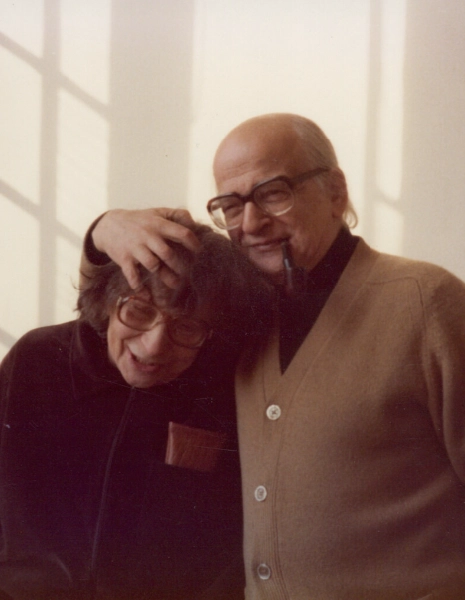
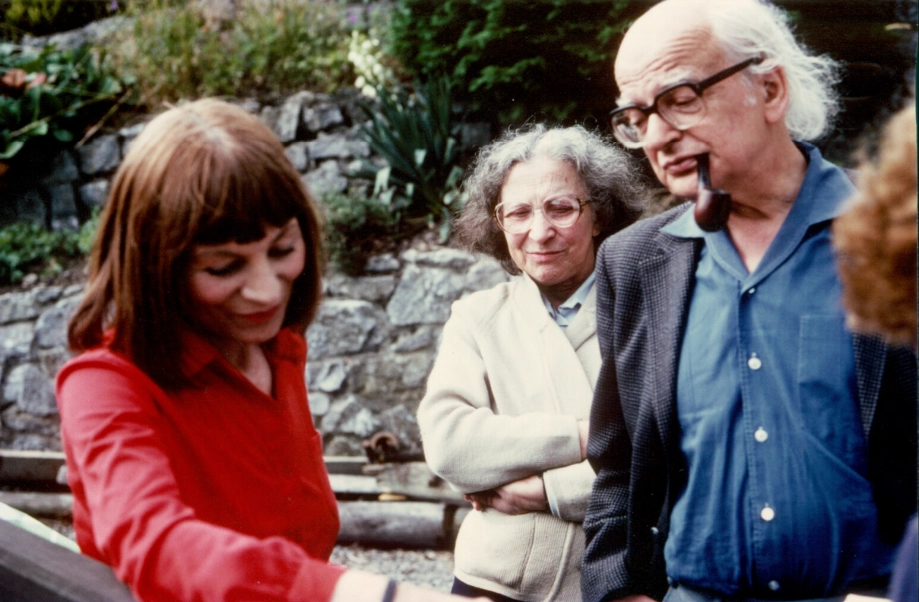
London was their last place of residence; they spent the rest of their lives in the capital of England. In 1948, they founded the independent publishing house Gaberboccus Press, which operated for 31 years, publishing the so-called bestlookers, i.e. books with unique graphic designs, instead of bestsellers. The focus was on experimental literature; the 60 titles include the first English translations of Alfred Jarry’s King Ubu, Stylistic Exercises by Raymond Queneau, Europa by Anatol Stern, as well as Dadaist poems by Kurt Schwitters and Raoul Hausmann, The Good Citizen’s Alphabet by Bertrand Russell, two collections of Franciszka’s drawings as well as Stefan’s literary works.
Stefan Themerson’s literary output is very diverse and ambiguous in terms of genre. It includes six novels, short stories, essays, poetic prose, philosophical tales, dissertations, a drama and the text for his semantic opera Saint Francis and the Wolf of Gubbio, or the chops of Saint Francis. In his works, he repeatedly returned to the same threads, most of which were marked by ethical dilemmas. He presented reality from different points of view, assuming that “the world is more complicated than our truths about it”. In his books, philosophical discourse is accompanied by absurd events, a clear reference to the complexity of human existence.
Books published by Gaberbocchus were illustrated by Franciszka, who was the artistic director of the publishing house. Apart from working for the publishing house, the artist constantly painted and drew, and presented her paintings/drawings in galleries in Great Britain, Poland, Italy, Sweden, the USA, and Denmark. She also published them in various periodicals. Her artistic output includes about 200 paintings and hundreds of drawings. In her works, especially paintings, she combined abstraction with figurativeness, but she also considered figurative forms to be a kind of abstraction (called ‘bi-abstract’ by her). And just like with Stefan’s work, one recurring theme can also be found in Franciszka’s output, namely the cracks between the harmony of the laws of nature and the complexity of human exsitence.
Franciszka also lectured on graphic design and stage design at British art schools. She collaborated with theatres. In 1964, she designed costumes and sets for the play King Ubu directed by Michael Meschke at Marionetteatern in Stockholm, for which she received the Gold Medal at the 1st International Triennial of Theatre Scenography in Yugoslavia. The play itself has been performed for over 20 years in various places around the world.
The Themersons’ work is one of the most original and versatile output in the history of 20th-century Polish art. Fully independent and uncompromising, it is also unique because it is closely related to the lives of both artists. The Themersons’ creativity is still waiting for new discoverers…
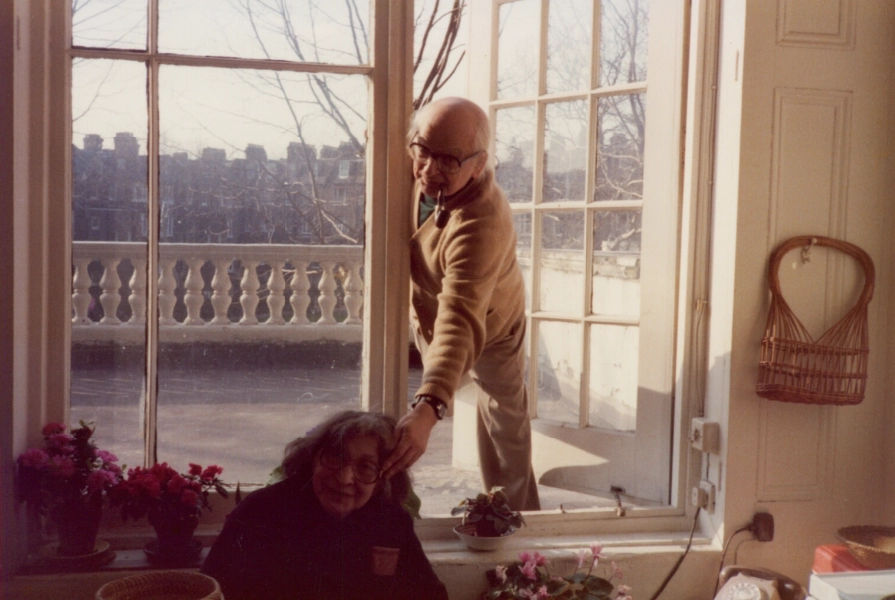
Bibliography:
Adriana Prodeus, Themersonowie. Szkice biograficzne, Warszawa 2010
Themerson&Themerson (dwie wystawy), Publikacja wydana do wystawy Themersonowie. O potrzebie tworzenia widzeń w Muzeum Mazowieckim w Płocku, Płock 2013
Świat według Themersonów. Szkice do portretu, Zbigniew Majchrowski (Red.), Gdańsk 1994
Nick Wadley, Franciszka Themerson, Muzeum Sztuki w Łodzi, Łódź 2019
Artur Pruszyński, Dobre maniery Stefana Themersona, Gdańsk 2004
The Themerson Gallery in the Mazovian Museum in Płock
The exhibition of the Mazovian Museum in Płock presents the rich and versatile work of Franciszka and Stefan Themerson, a couple of avant-garde artists active for over half a century on the international arena. Franciszka painted, drew, illustrated, graphically designed books and magazines, created stage designs, and lectured at art schools. Stefan wrote novels, short stories, philosophical essays, poems, children’s books, composed an opera, wrote a play, took photographs, created photograms and photo collages.
Stefan was born (1910), raised and educated in Płock. Franciszka (born in 1907) came from Warsaw, but her family on the distaff side was from Płock. Franciszka and Stefan met in Warsaw in 1929 and from then onwords created art together. It all started with their avant-garde films. Five of them were shot in Poland. They founded the Cooperative of Film Authors and published the f.a. (art film) magazine as well as children’s books written by Stefan and illustrated by Franciszka. In 1938, they left for Paris, where the war found them. From France they went to England (Franciszka in 1940, Stefan in 1942). They made two films in London (1943-1945). In 1948, they founded the independent publishing house Gaberbocchus Press, which they ran for 31 years. At the same time, each of them worked independently. Franciszka’s domain was the image, and Stefan’s – the word. They passed away almost simultaneously; Franciszka died on June 29, Stefan on September 6, 1988.
The arrangement of the exhibition gives the viewer the opportunity to make choices in getting to know the Themersons’ artistic output. Their works of art – paintings, drawings, photograms, photographs, fragments of films, books and posters – as well as objects used by Franciszka and Stefan in their personal and professional lives, allow our visitors to explore their extraordinary world.
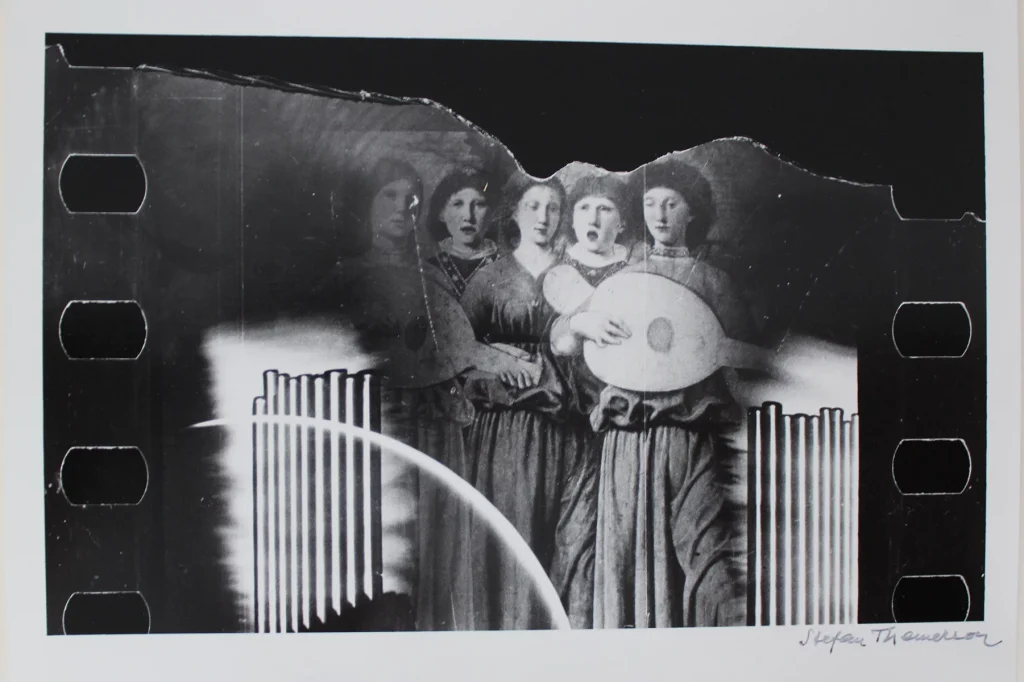
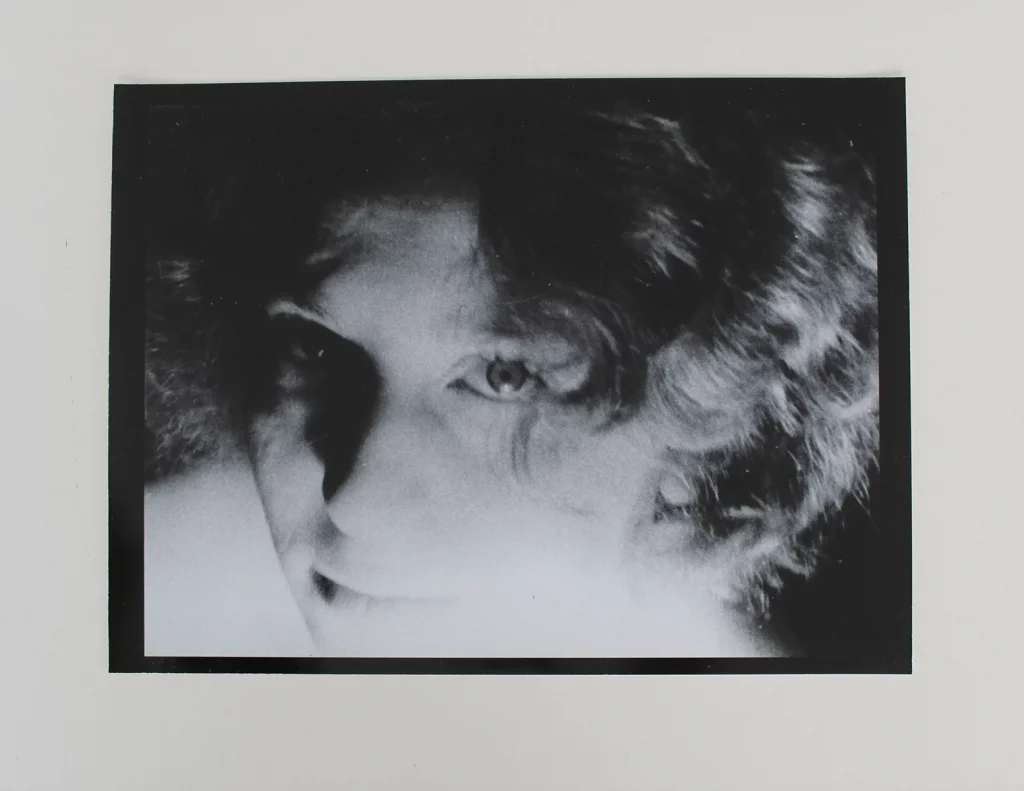
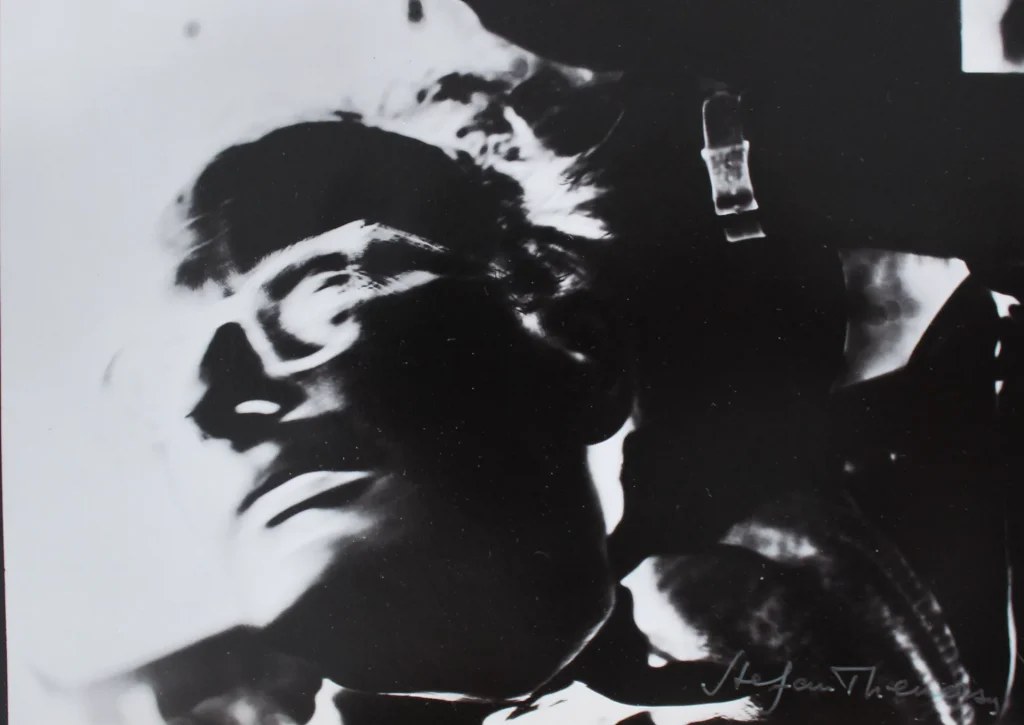
Themerson Gallery
Mazovian Museum in Płock
6 Kolegialna Street
Open from 10.00 am to 4.00 pm in the wintertime (October 15 – April 30) and from 10.00 am to 5.00 pm in the summertime (May 1 – October 14).
Free admission.
